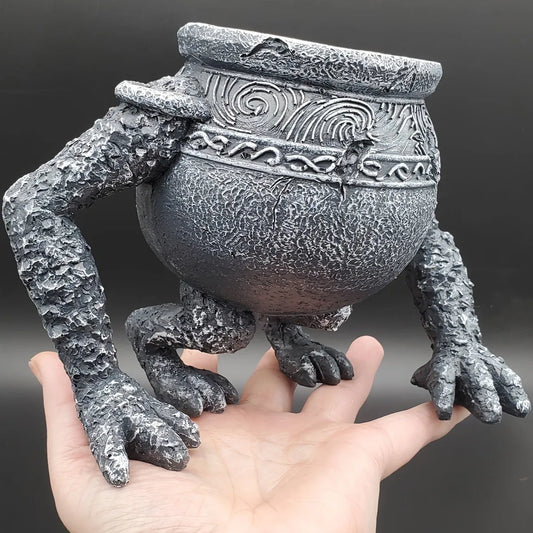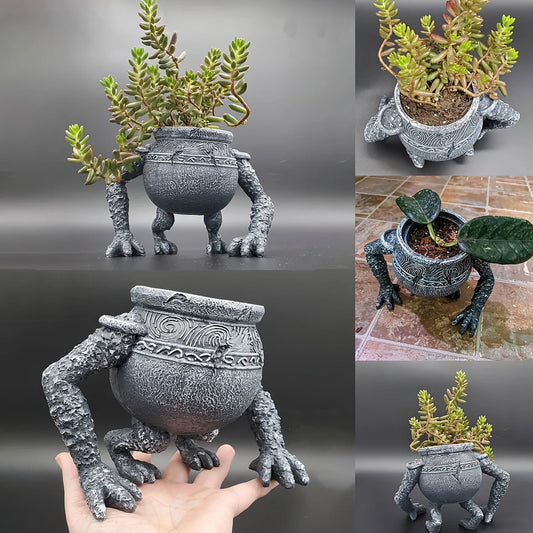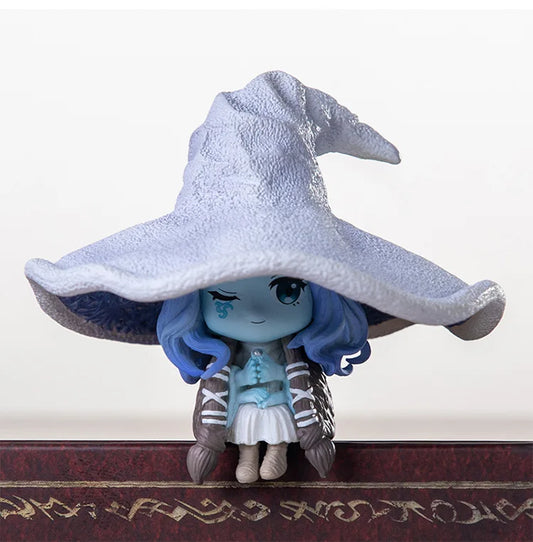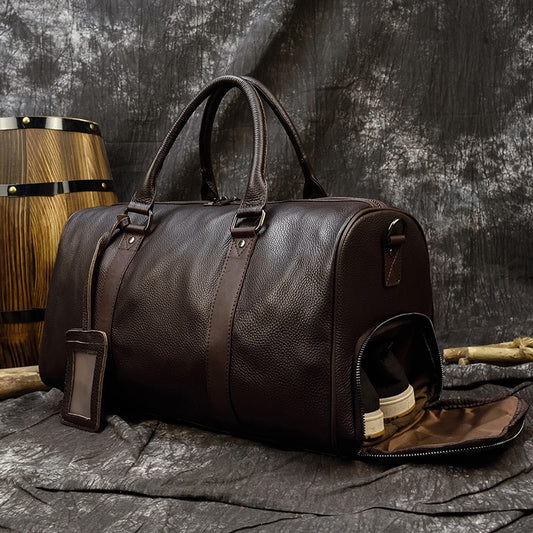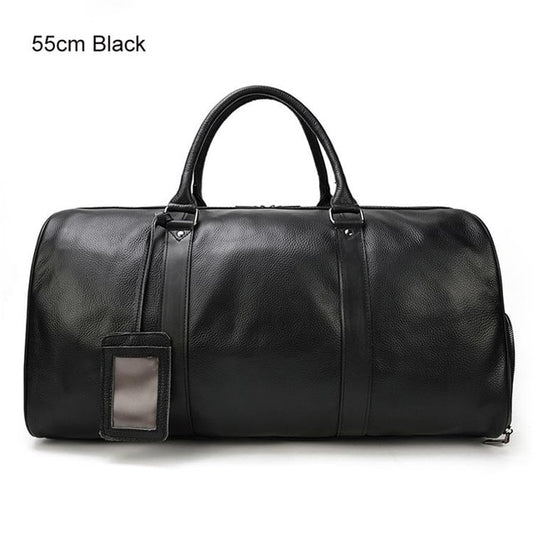The Allure of Eau de Toilette: A Comprehensive Guide to Light and Refreshing Fragrances
In the world of perfumery, few scents capture the essence of everyday elegance quite like eau de toilette. This light and refreshing fragrance category has become a staple in many people's grooming routines, offering a perfect balance between subtlety and presence. But what exactly is eau de toilette, and why has it become such a popular choice among fragrance enthusiasts? Let's dive into the fascinating world of this aromatic wonder and explore its composition, history, and significance in the perfume industry.
The Essence of Eau de Toilette
Eau de toilette, which translates to "grooming water" in French, is a type of perfume characterized by its relatively low concentration of aromatic compounds. Typically containing between 5% and 15% fragrance oils, eau de toilette strikes a delicate balance between the more intense eau de parfum and the lighter eau de cologne.
According to perfumery experts, "Eau de toilette has less concentrated fragrance than perfume (eau de parfum) and more than cologne (eau de Cologne)." This positioning in the fragrance spectrum makes it an ideal choice for daily wear, offering a noticeable scent without overwhelming the senses.
A Journey Through Time: The History of Eau de Toilette
The story of eau de toilette begins in the 14th century, a time when fragrances were valued not just for their pleasant scents but also for their supposed medicinal properties. Early versions of eau de toilette, such as "Hungary Water" and "Carmelite Water," were primarily used for their restorative qualities.
As the centuries passed, the use of fragrances evolved from medicinal to purely aesthetic purposes. A notable milestone in this journey was the creation of "heavenly water," a concoction used by King Louis XIV of France to perfume his shirts. This royal endorsement helped elevate the status of fragrances in society, paving the way for the modern eau de toilette we know today.
The Science Behind the Scent
Understanding the composition of eau de toilette is key to appreciating its unique characteristics. Here's a breakdown of its key components:
- Aromatic Compounds: These are the heart of the fragrance, typically making up 5-15% of the total composition. The average concentration hovers around 10%.
- Alcohol: Serves as a solvent for the fragrance oils and helps in the evaporation process, allowing the scent to diffuse.
- Water: Balances the composition and helps to soften the overall scent profile.
This delicate balance of ingredients results in a fragrance that is light enough for everyday use but still noticeable and long-lasting.
Eau de Toilette vs. Other Fragrance Types
To truly appreciate eau de toilette, it's helpful to compare it with other fragrance categories:
| Type | Concentration of Aromatic Compounds | Longevity | Projection |
|---|---|---|---|
| Parfum | 15-40% | Long-lasting | High |
| Eau de Parfum | 10-20% | Medium to long-lasting | Medium to high |
| Eau de Toilette | 5-15% | Medium | Medium |
| Eau de Cologne | 2-6% | Short-lasting | Low |
As this comparison shows, eau de toilette occupies a sweet spot in terms of concentration, longevity, and projection. It offers a noticeable scent without being overpowering, making it suitable for a wide range of occasions.
The Modern Eau de Toilette Landscape
Today's eau de toilette market is vibrant and diverse, offering a wide array of scents to suit every preference. From fresh and citrusy to woody and oriental, there's an eau de toilette for everyone.
Current trends in the industry include:
- Sustainability: Many brands are moving towards eco-friendly packaging and sustainably sourced ingredients.
- Innovation in Formulation: Perfumers are constantly pushing the boundaries, creating unique scent combinations and using novel ingredients.
- Unisex Fragrances: There's a growing trend towards gender-neutral scents that appeal to a broad audience.
The Art of Applying Eau de Toilette
To get the most out of your eau de toilette, follow these expert tips:
- Choose the Right Time: Apply after showering or bathing when your skin is slightly damp.
- Target Pulse Points: Focus on areas like wrists, neck, and behind the ears where blood vessels are close to the skin surface.
- Don't Overdo It: Due to its lighter concentration, you may need to reapply throughout the day, but start with a light application.
- Layer for Longevity: Use matching scented body lotions or unscented moisturizers to help the fragrance last longer.
Frequently Asked Questions
How does climate affect the performance of eau de toilette?
Climate can significantly impact how eau de toilette performs. In warmer climates, the fragrance may evaporate more quickly, while in cooler climates, it may last longer but project less. Humidity can also affect how the scent develops on your skin.
Can eau de toilette expire? If so, how long does it typically last?
Yes, eau de toilette can expire. Typically, it lasts 3-5 years when stored properly. Signs of expiration include changes in color, scent, or consistency. To maximize shelf life, store your fragrance in a cool, dark place away from direct sunlight and heat.
Are there any health benefits or risks associated with using eau de toilette?
While eau de toilette isn't known for specific health benefits, many people find that wearing a pleasant scent can boost mood and confidence. However, some individuals may experience skin irritation or allergic reactions due to certain ingredients, particularly those with sensitive skin.
How do unisex eau de toilette fragrances differ from gender-specific ones?
Unisex fragrances are designed to appeal to all genders, often featuring balanced notes that aren't traditionally associated with masculinity or femininity. They may emphasize fresh, clean, or woody scents rather than overtly floral or musky notes found in gender-specific fragrances.
What's the difference between natural and synthetic eau de toilette?
Natural eau de toilette is made primarily from plant-derived ingredients, while synthetic versions use lab-created aroma compounds. Synthetic fragrances often have better consistency and longevity, while natural ones are preferred by those seeking organic products. Many modern fragrances use a combination of both.
Challenges and Solutions in Eau de Toilette Use
While eau de toilette is generally well-tolerated, some users may face challenges:
- Skin Sensitivity: For those with sensitive skin, the alcohol content in eau de toilette can cause irritation. Solution: Try patch testing or opt for alcohol-free formulations.
- Scent Longevity: Some users find that eau de toilette doesn't last as long as they'd like. Solution: Use layering techniques with matching scented body products or apply to clothes as well as skin.
Ethical Considerations in Eau de Toilette Production
As consumers become more conscious of their purchasing decisions, the fragrance industry is adapting:
- Sustainability: Many brands are adopting sustainable practices in both production and packaging.
- Animal Testing: There's a growing movement towards cruelty-free fragrances that aren't tested on animals.
- Transparency: More companies are providing detailed ingredient lists and sourcing information.
Success Stories in Eau de Toilette
Several eau de toilette fragrances have achieved iconic status:
- Chanel No. 5 Eau de Toilette: A lighter version of the classic fragrance, it has become a bestseller in its own right.
- Acqua di Gio by Giorgio Armani: This aquatic fragrance revolutionized men's perfumery and remains popular decades after its release.
Conclusion: The Enduring Appeal of Eau de Toilette
Eau de toilette continues to captivate fragrance enthusiasts with its perfect balance of presence and subtlety. Its rich history, scientific formulation, and adaptability to modern trends ensure its place in the fragrance world for years to come. Whether you're a long-time fragrance aficionado or new to the world of scents, eau de toilette offers a versatile and accessible entry point into the art of perfumery.
As you explore the world of eau de toilette, remember that the right fragrance is a personal choice. Don't be afraid to experiment with different scents and application techniques to find the perfect eau de toilette for you. After all, the best fragrance is the one that makes you feel confident and comfortable in your own skin.


